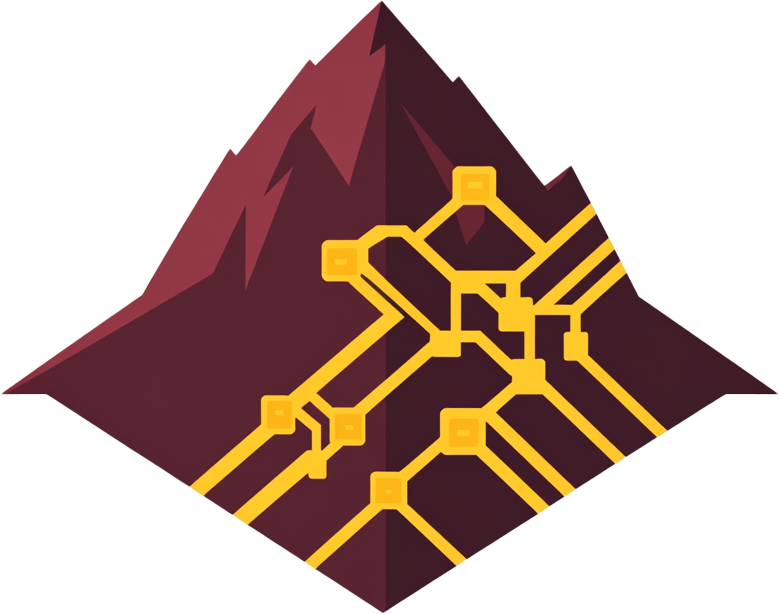The Decline of Tiered Support
The traditional tiered support model (Level 1: basic queries, Level 2: technical troubleshooting, Level 3: complex resolutions) is fading due to its inefficiencies in an always-on world and misalignment with modern demands. Escalations slow responses, frustrating customers who expect immediate solutions. Handoffs between tiers erode ownership, leading to disjointed experiences. Modern product ecosystems like SaaS, IoT, and AI demand cross-functional expertise that rigid tiers struggle to deliver. Additionally, evolving customer expectations for seamless, personalized support, the rise of AI and collaboration tools, and economic pressures to optimize costs further undermine tiered systems, which fail to compete with the speed, scalability, and empowerment offered by newer models.
Emergence of Flat and Swarming Support
- Flat Support: A single agent owns a case from start to finish, eliminating escalations. This fosters accountability, builds customer trust, and enhances agent satisfaction by delivering faster resolutions.
- Swarming Support: Agents collaborate in real-time with experts via tools like Slack, Teams, or Jira, maintaining ownership while leveraging collective knowledge. This model ensures faster resolutions, transparent communication, and rapid agent learning.
Evidence of Effectiveness
- Adoption Trends: Approximately 30% of support organizations have adopted flat or swarming models, with adoption growing by over 8% annually.
- Customer and Business Impact: These models drive higher Customer Satisfaction (CSAT), Net Promoter Score (NPS), retention rates, and gross margins, with studies showing double-digit NPS improvements and increased renewals.
- Operational Gains: Flat and swarming models reduce Time to Resolution (TTR) and improve Time to Context (TTC), enabling agents to understand case history in seconds.
AI and Automation as Multipliers
AI is becoming more integral to customer support, anticipating issues, accelerating resolutions, and scaling services without increasing headcount. Key benefits include:
- Workload Reduction: AI offloads 30–50% of tasks like triage, context gathering, and workflow orchestration.
- Faster Resolutions: AI-driven workflows cut complex case resolution times by over 50% through automated context delivery.
- Economic Impact: Conversational AI is projected to save contact centers $80 billion by 2026, handling ~10% of interactions autonomously.
- Emerging Patterns: Proactive issue prediction, rapid TTC via summarized histories, and smarter self-service through continuously updated knowledge bases.
Key Support Metrics
- Time to Resolution (TTR): Measures time from ticket creation to closure, critical for customer satisfaction.
- Time to Context (TTC): Tracks how quickly agents grasp an issue’s history, essential for ownership.
- CSAT/NPS: Reflects how well support meets customer expectations.
- Retention & Renewal Rates: Demonstrates support’s impact on loyalty and revenue.
Transition Strategies for 2025
- Cross-Train Agents: Equip agents to handle diverse issues end-to-end.
- Integrate AI: Use AI for assistance, prediction, and orchestration, not just deflection.
- Dynamic Self-Service: Optimize content with SEO and GEO best practices for traditional and generative AI search, using conversational headings and structured Q&A formats.
- Enable Swarming: Integrate collaboration tools with case systems for seamless teamwork.
- Track KPIs: Monitor TTR, TTC, CSAT/NPS, and retention to drive continuous improvement.
Redefining Support as a Strategic Advantage
The era of tiered support, with its delays and silos, is giving way to a dynamic, customer-centric future. Flat and swarming models, powered by AI, self-service, and real-time collaboration, deliver rapid resolutions, greater transparency, and stronger loyalty. The evidence is undeniable: reduced escalations, enhanced customer satisfaction, and measurable business growth. Customer support is no longer a cost center—it’s a strategic engine driving retention and revenue. The path forward is clear: embrace ownership, harness technology, and transform chaos into seamless, impactful outcomes.
